Revisiting Brown v. Board of Education – A Landmark Case That Transformed America
Racism has long been a pervasive issue in American society, deeply ingrained in various aspects of life, including education.
Segregated schools, a direct result of racial discrimination, offered vastly unequal resources and opportunities to Black and white students. The landmark case, Brown v. Board of Education, made significant changes.
Keep reading to learn what happened.
The “Separate But Equal” Doctrine
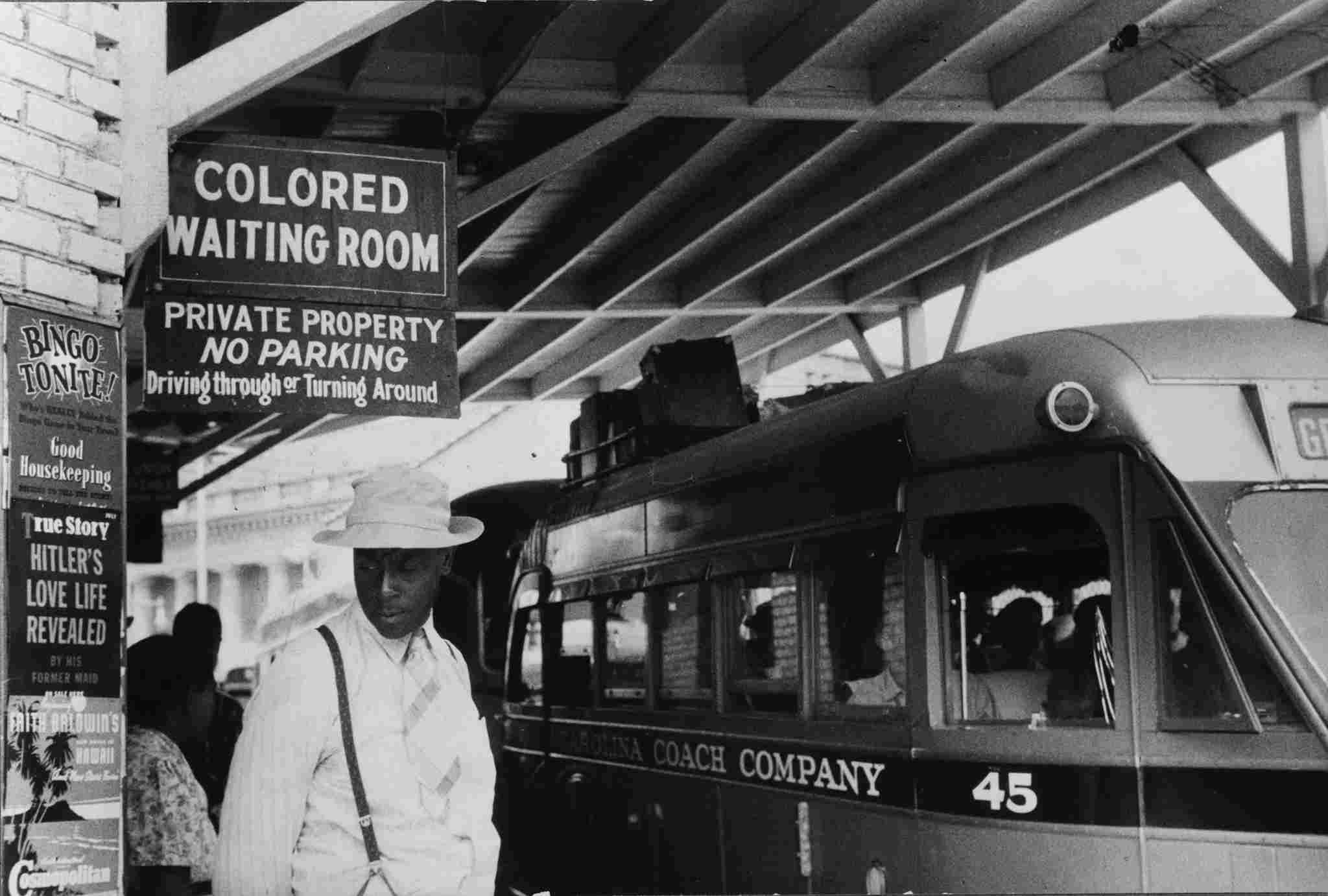
“Separate but equal” refers to the infamous ruling by the U.S. Supreme Court in Plessy v. Ferguson (1896), permitting the use of segregation laws by states and local governments.
The phrase originated from the Court’s decision, arguing that separate facilities for whites and African Americans were constitutionally permissible under the Equal Protection Clause.
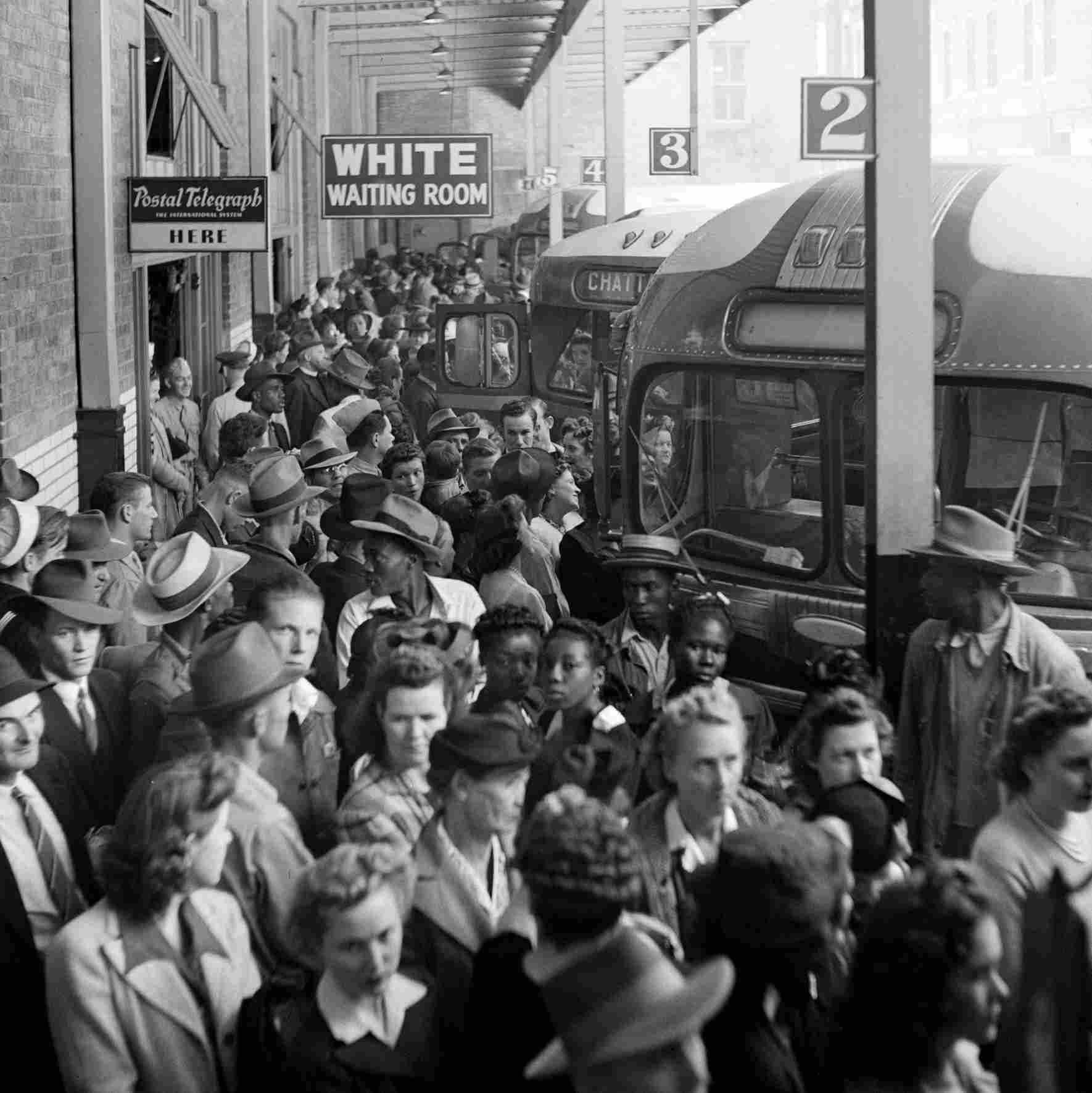
This decision led to the implementation of numerous segregation laws by state and local governments across the nation, resulting in decades of discriminatory legal and social practices against African Americans.
Justice Brown, a Northerner, defended segregation in the Plessy v. Ferguson case, while Justice John Marshall Harlan, a Southerner hailing from Kentucky, delivered a poignant and solitary dissent.
His most famous line, “Our Constitution is color-blind and neither knows nor tolerates classes among citizens,” resonated deeply and became a rallying cry.
The Brown v. Board of Education Background
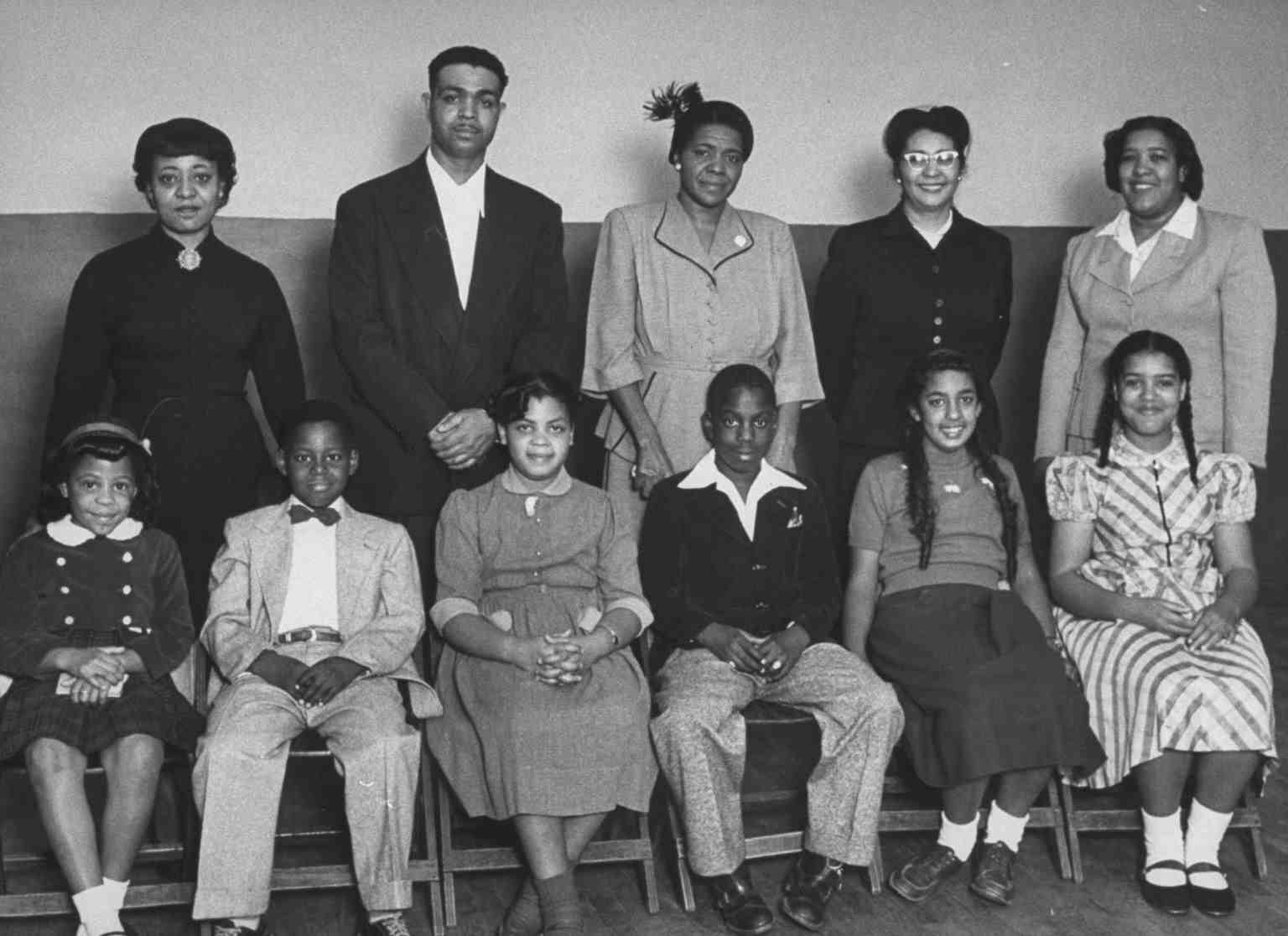
In the 1950s, segregation laws in many states enforced separate schools for African American and white children.
Linda Brown, an African American girl from Topeka, Kansas, was denied admission to a nearby white school, forcing her to travel across town to attend a segregated African American school.
In 1951, thirteen parents from Topeka, Kansas, including Oliver Brown, filed a lawsuit against the Board of Education.
They argued that segregated schools were unconstitutional under the Fourteenth Amendment’s equal protection clause and that Black and white children should attend the same schools.
The district court ruled in favor of the Board of Education, citing the precedent of “separate but equal” from the 1896 Supreme Court case Plessy v. Ferguson.

The District Court agreed that segregating schools harmed Black children, but it still said it was okay because the schools had similar buildings, transportation, and teachers.
The Brown case, along with four other similar segregation cases, was appealed to the United States Supreme Court. Thurgood Marshall, an attorney for the NAACP, presented the case before the Court.
The Supreme Court Decision
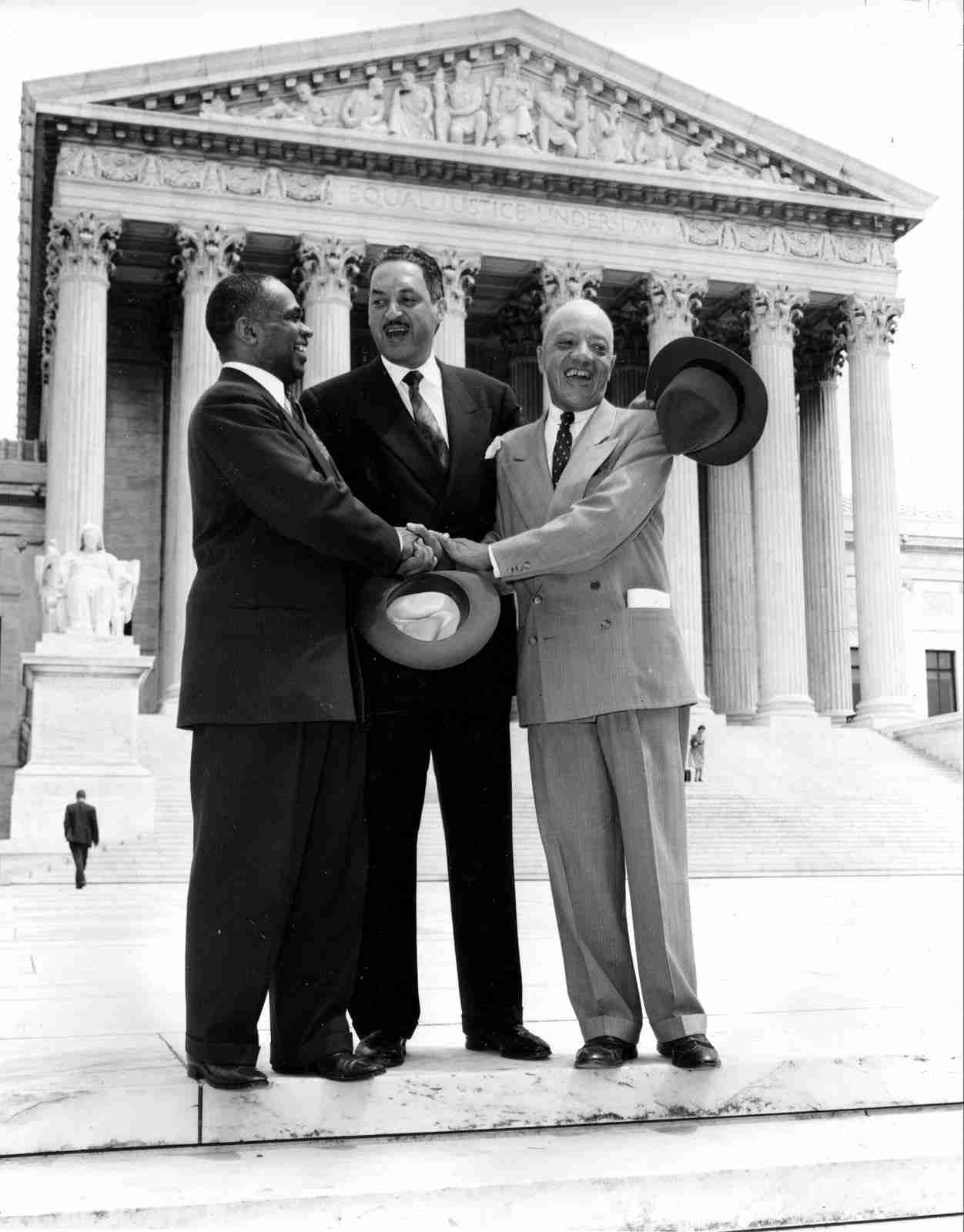
The case known as Brown v. Board of Education comprised five separate cases heard by the U.S. Supreme Court regarding segregation in public schools.
These cases were Brown v. Board of Education of Topeka, Briggs v. Elliot, Davis v. Board of Education of Prince Edward County (VA.), Bolling v. Sharpe, and Gebhart v. Ethel. Thurgood Marshall and the NAACP Legal Defense and Education Fund represented the plaintiffs.
Initially, the families lost in lower courts and appealed to the U.S. Supreme Court. In 1952, the Court consolidated the cases under the name Brown v. Board of Education. Despite hearing arguments in December 1952, the Court delayed its decision due to anticipated resistance from southern states.
After the death of Chief Justice Vinson and the appointment of Chief Justice Warren, the Court reheard the case in December 1953.
Thurgood Marshall argued that racial segregation in schools harmed African American children, while the respondents contended that their separate schools were equal and lawful under Plessy v. Ferguson.
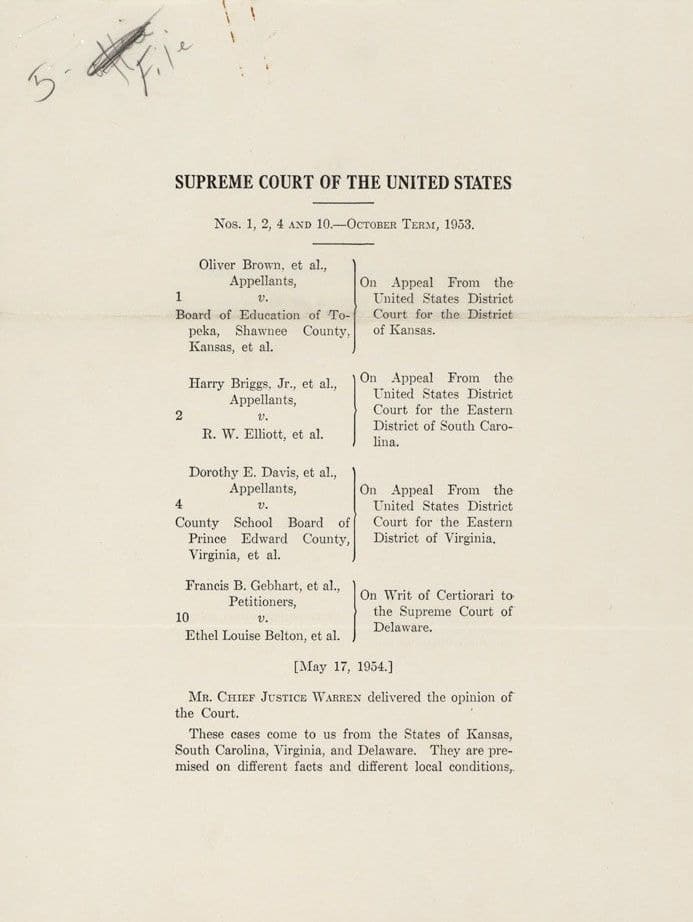
On May 17, 1954, the Supreme Court unanimously ruled segregation in public schools unconstitutional. Chief Justice Warren emphasized that “separate is not equal” and that segregation violated the Equal Protection Clause of the Fourteenth Amendment.
He concluded that: “We conclude that in the field of public education the doctrine of ‘separate but equal’ has no place. Separate educational facilities are inherently unequal; segregation in public education is a denial of the equal protection of the laws.”
The Reaction after the Decision
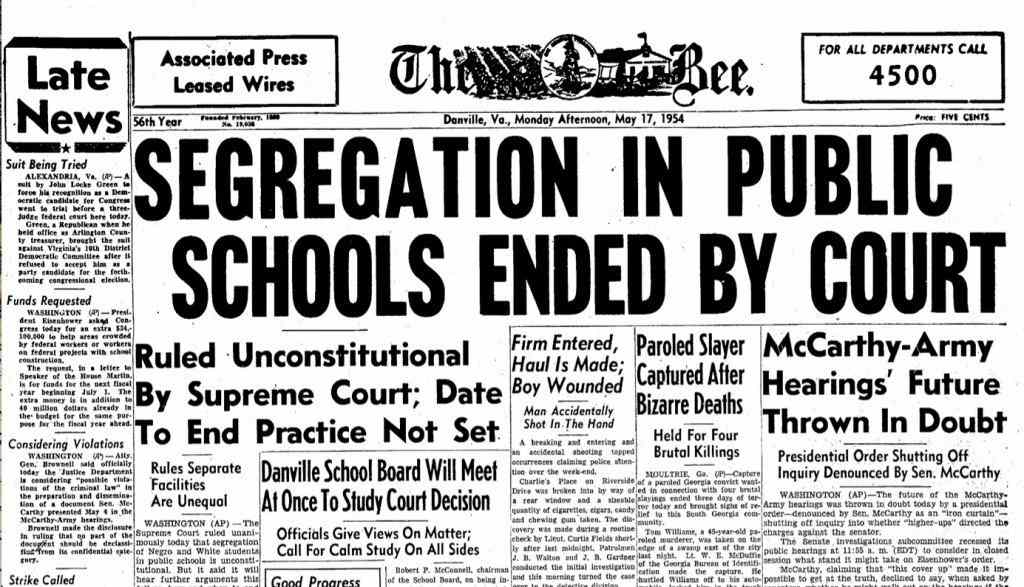
Following the Brown v. Board of Education decision, school districts across the United States responded differently. While some states, like Kansas, complied with the ruling, many officials in Southern states resisted integration efforts.
Schools closed rather than integrated in places like Prince Edward County, Virginia. Other districts attempted various programs to adhere to the Court’s decision, with some acting evasively and others making sincere efforts.
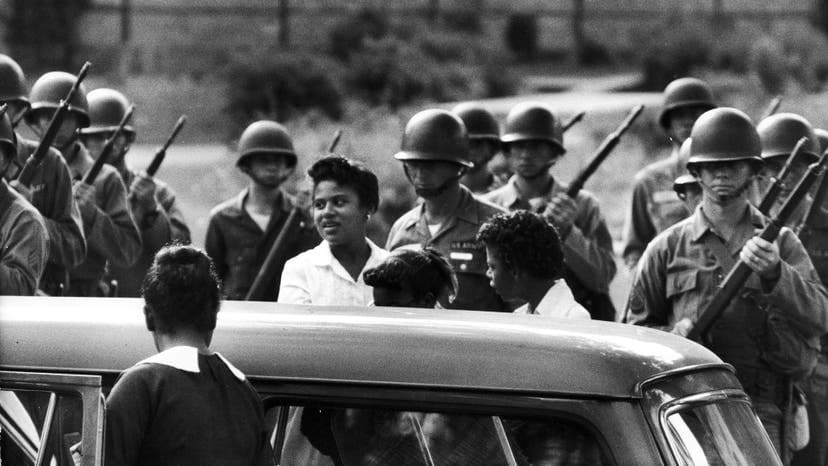
One notable example occurred in Arkansas in 1957 when Governor Orval Faubus deployed the state National Guard to prevent Black students from attending Little Rock’s Central High School. President Eisenhower intervened, sending federal troops to escort the “Little Rock Nine” into the school amidst a tense standoff.
The Legacy of Brown v. Board of Education

By the late 1960s, the Supreme Court grew impatient with the slow progress toward school integration. They made more specific demands on school districts through a series of rulings.
First, Virginia introduced a “freedom of choice” program allowing students to choose their schools. But in 1968’s Green v. School Board of New Kent County, the Court ruled it wasn’t enough, stating that districts must actively work towards integration, not just offer choice.
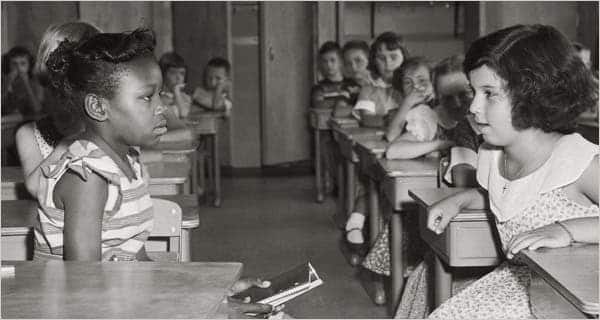
The next year, in Alexander v. Holmes County Board of Education, the Court set a deadline for school integration, declaring that it should happen immediately, not gradually.
In 1971’s Swann v. Charlotte-Mecklenburg, the Court outlined steps for districts to achieve integration, including reviewing imbalanced schools and considering boundary changes and transportation.
The Court warned both North and South against dragging their feet on desegregation, with subsequent rulings like Keyes v. Denver in 1973 holding districts accountable for discriminatory practices.

The ruling in Brown v. Board of Education overturned the “separate but equal” doctrine, setting a precedent for challenging segregation laws beyond education. While it didn’t achieve full desegregation, it fueled the civil rights movement.

